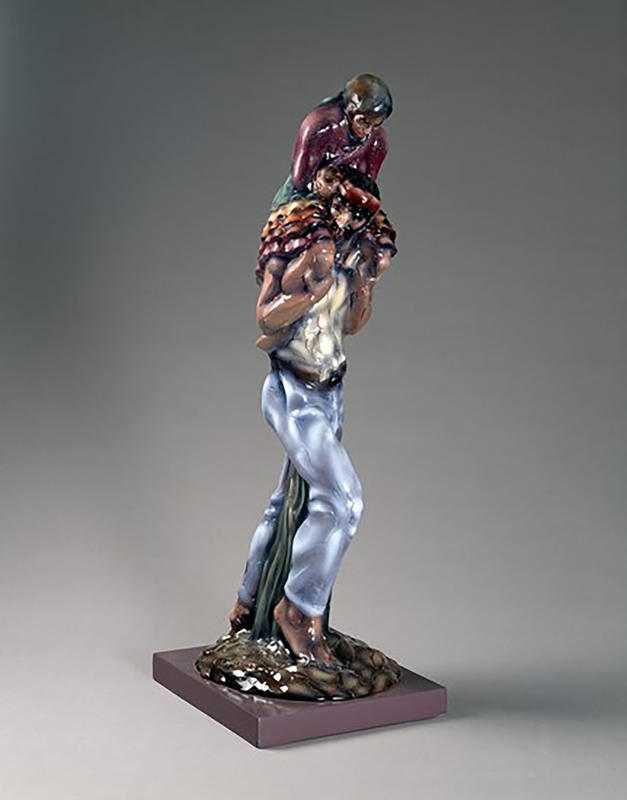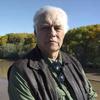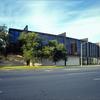More about Border Crossing

Contributor
There’s a lot more Chicano culture and history behind this piece than what is apparent on the surface.
The piece’s was conceived in memory of Jimenez’s grandfather who crossed the border illegally in 1924 with his wife and son (who would later father Jimenez). He also intended the piece to be dedicated to the migrant workers who risked life and death to cross the Rio Bravo (the name the Rio Grande is called on the Mexican side of the border).
Multiple copies of the sculpture exist in El Paso, Austin, Houston, San Diego, and Santa Fe. All of them are located in states near the US-Mexico border, but only two, El Paso and San Diego, sit right at the border itself.
El Paso, Jimenez’s home town, saw almost 22 million people go to El Paso from Juarez and vice versa in 2008. Juarez itself was used as one of the locations where the movie "Sicario" was shot, with part of the sequel taking place in a border town in Texas. Unfortunately for migrants both legal and illegal, it may have already heightened present fears of what migrants might bring to the US.
Like many of Jimenez’s pieces, it’s made of fiberglass. The material is found in insulation and in the body of cars, especially in bodies of cars from the 1960s-1970s, which feature heavily in lowrider shows. I bet if you put your ear to the sculpture close enough, you can hear the Chicano rock and snippets of War’s “Low Rider” playing faintly. The sculpture is also made in a way that evokes Catholic imagery, specifically of Jesus, Mary, and Joseph’s flight to Egypt to escape King Herod’s purge.
Sources
- “Border Crossing/Cruzando El Rio Bravo.” 1989. Museum of Contemporary Art, San Diego. Museum of Contemporary Art, San Diego. January 1, 1989. http://collection.mcasd.org/objects/5166/border-crossingcruzando-el-rio…
- “Cruzando El Rio Bravo [Border Crossing] .” n.d. The Museum of Fine Arts, Houston. The Museum of Fine Arts, Houston. Accessed December 11, 2018. https://www.mfah.org/art/detail/14287?returnUrl=/art/search?classificat…
- “Cruzando El Rio Bravo [Border Crossing] · Blanton Museum of Art Collections.” n.d. Blanton Museum of Art Collections. Accessed December 11, 2018. http://utw10658.utweb.utexas.edu/items/show/2921.
- “El Paso Texas: Community Profile 2008.” 2008. El Paso Department of Economic Development. 2008. https://web.archive.org/web/20100531181744/https://www2.elpasotexas.gov… Profile 2008.pdf.
- Guerrasio, Jason. 2015. “One of the Most Thrilling Scenes from 'Sicario' Almost Didn't Get Made.” Business Insider. Business Insider. September 22, 2015. http://www.businessinsider.com/sicario-mexico-city-convoy-scene-2015-9.
- “Sicario: Day of the Soldado.” 2018. Wikipedia. Wikimedia Foundation. December 10, 2018. https://en.wikipedia.org/wiki/Sicario:_Day_of_the_Soldado#Plot.











